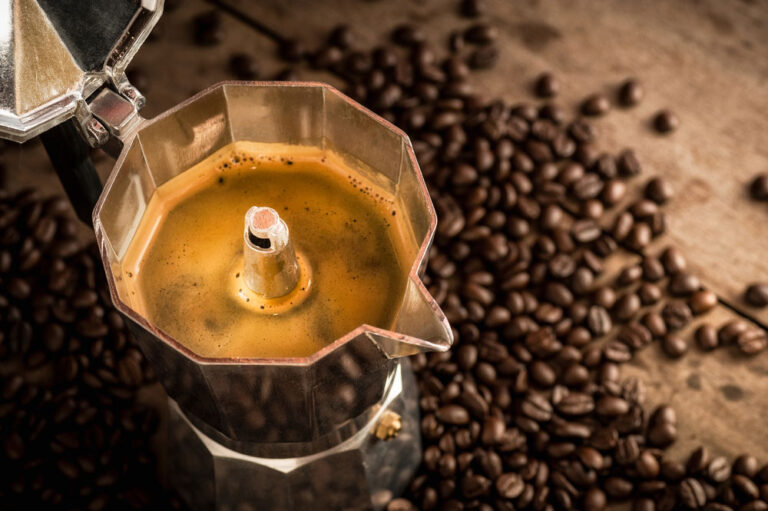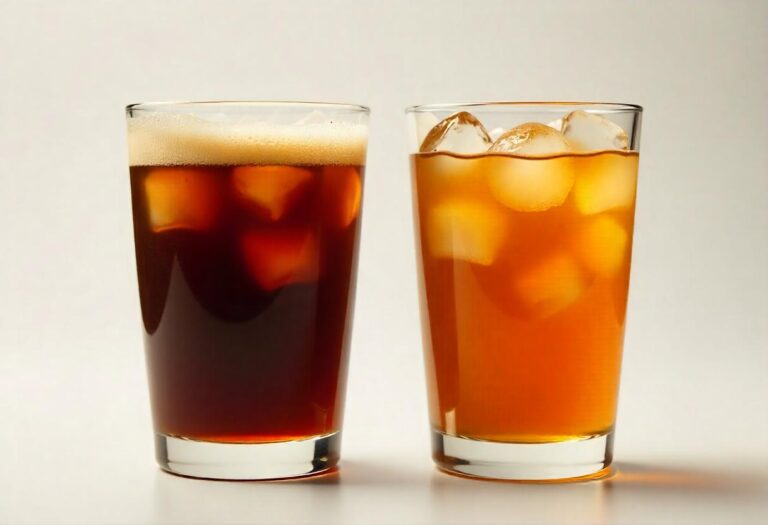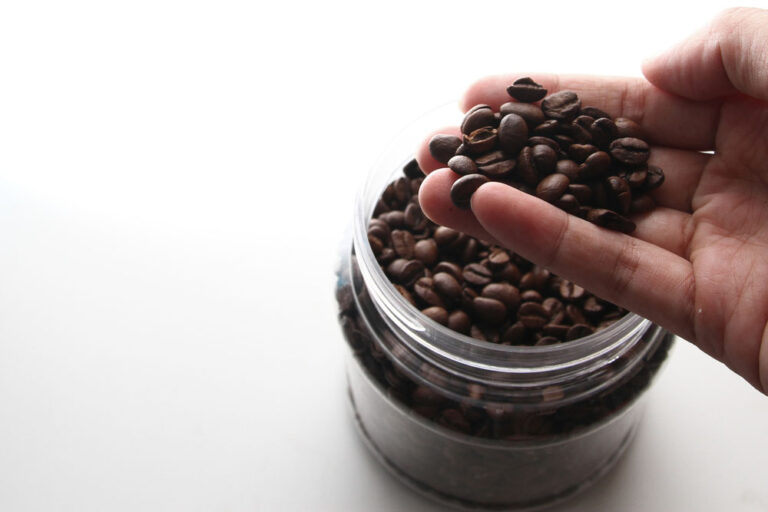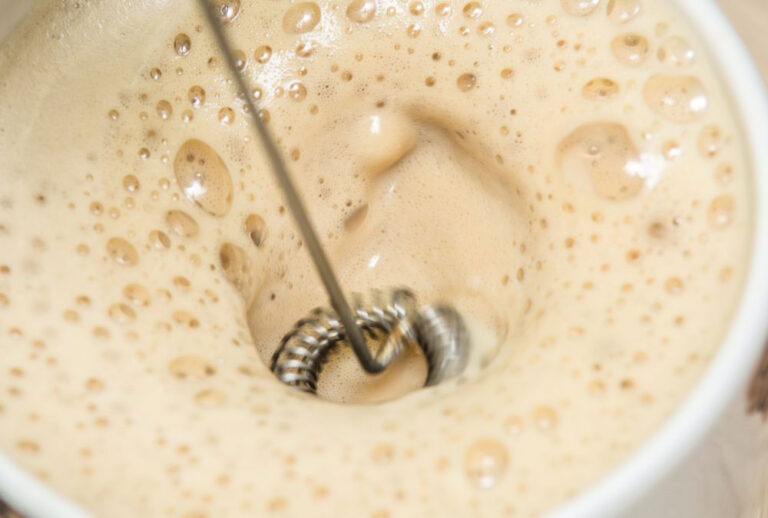Coffee Brewing: How to Use Aeropress
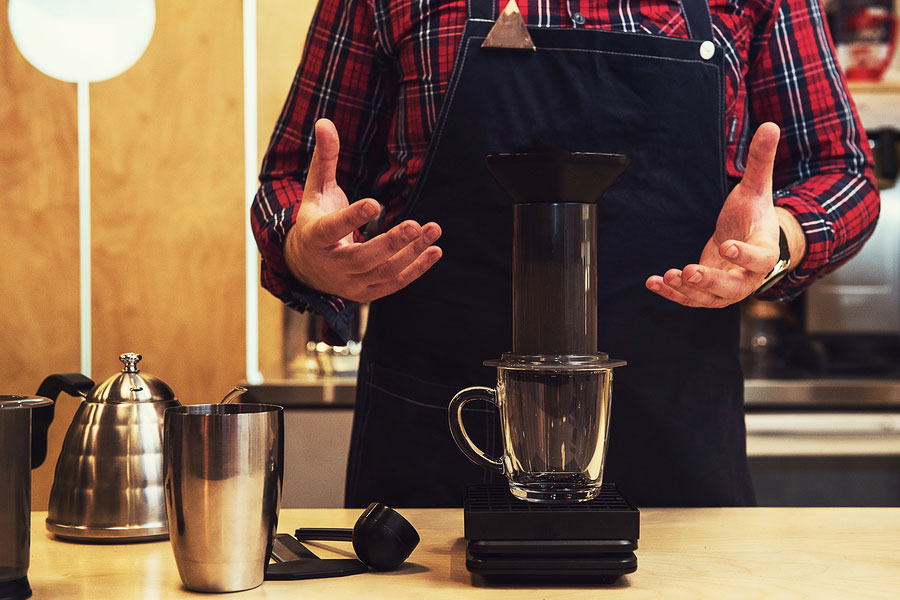
As brewing coffee continues to evolve and become more complex, new methods emerge including the aeropress.
This unique method of brewing coffee is different than other press method, as it does not actually brew coffee in hot water for an extended period of time.
Instead, the coffee and water are pressed together quickly, creating a unique tasting cup of coffee that is still strong, but with less of a bitter taste.
An aeropress requires exact measurements to ensure a quality, but when done properly, offers a delicious brew.
How to Use Aeropress the Right Way
If you’re ready to try aeropress, it’s good to have all your supplies at the ready. A good checklist of materials for this method includes:
- Aeropress
- Aeropress filters
- Kettle
- Timer
- Mug
- Craft coffee with grinder
Once you have all the materials at the ready, it’s time to start pressing.
Step 1
First, you’re going to want to start boiling water. By having the water going ahead of time, you’ll have an opportunity to let it sit before using, which prevents scalding.
You should also take this time to clean your aeropress and dry it thoroughly. Any excess water can actually prevent the aeropress from working and sealing properly.
Step 2
The next thing you should do is grind your coffee beans. While you can use pre-ground coffee, grinding the beans close to when you’re actually using the aeropress creates a better testing brew.
Once your coffee is ground, it’s time to assemble the aeropress. When assembling the aeropress, it can be more convenient to do it upside down as it prevents leakage onto the aeropress filter, and it makes pouring and mixing easier.
Once the press is assembled, put your coffee in and move it around to ensure an even spread.
Step 3
Next, it’s time to pour in your hot water. Make sure that the water is not too hot as this can scald your coffee and create a bitter taste. Once the water is in the aeropress, allow it to sit for about 40 seconds before screwing on the cap and filter. This will allow the coffee to blend and improve its taste.
Step 4
Finally, after you’ve screwed on the cap and filter, it’s time to flip the aeropress and put it above your mug.
Once situated, you can press the plunger down evenly and steadily until you hear a hissing noise. This will indicate that the process is complete and it’s time to enjoy your coffee.
Using an aeropress can be a challenge, but with specific measurements and careful preparation, you can have a handcrafted brewed coffee in no time.
The Best Aeropress Recipe
When it comes to aeropress, there are a lot of different combinations and methods to create a delicious cup of coffee.
As you will find, most recipes will offer very specific measurements in terms of the coffee, amount of water, temperature, and coffee grind.
There are plenty of aeropress experts out there, but the best of them compete in the World Aeropress Championship.
Paulina’s recipe calls for 35g of coffee, 370g of water at 84 degrees-Celsius, and a paper filter.
First, put the 35g of coffee in the press and for the first 15 seconds add in 150g of water.
Next, stir from 0:15 to 0:35.
At 0:35 seconds, put the filter cap on, and at 1:05, it’s time to flip the aeropress and start pressing. This will yield about 90ml of concentrated brew.
Finding the Perfect Aeropress Ratio
As you can gather from the information above, using the aeropress method can be complex and requires specific ratios and measurements to yield the best coffee.
Finding the perfect aeropress ratio depends on the recipe you’re attempting and the type of coffee you’re using.
While this may be the case, there are instances where you can use a basic measurement for aeropress, which is generally two tablespoons of coffee to just about eight ounces of water. This may be a rule of thumb, or a basic measurement, but it’s still important to follow your recipe in order to create the best aeropress coffee.
Choosing the Right Aeropress Filters
Aeropress filters come in a few different styles, which may vary depending on your technique or recipe.
The two main options when it comes to aeropress filters are metal or paper. Depending on your aeropress coffee and espresso maker, you may find that one works better over the other.
Paper filters, for example, are great for those who do not like the oily taste that may come from using a metal filter. It’s also a good option for those experimenting with different aeropress methods, as many recipes call for a damp filter in order to change the taste or consistency.
Metal filters work great for aeropress coffee and espresso makers, and are generally the stock filter you will get with your maker. They also come in a range of porousness to allow for flexible brewing.
You might also like: 10 Delicious Holiday Coffee Flavors That Are Not Pumpkin Spice

